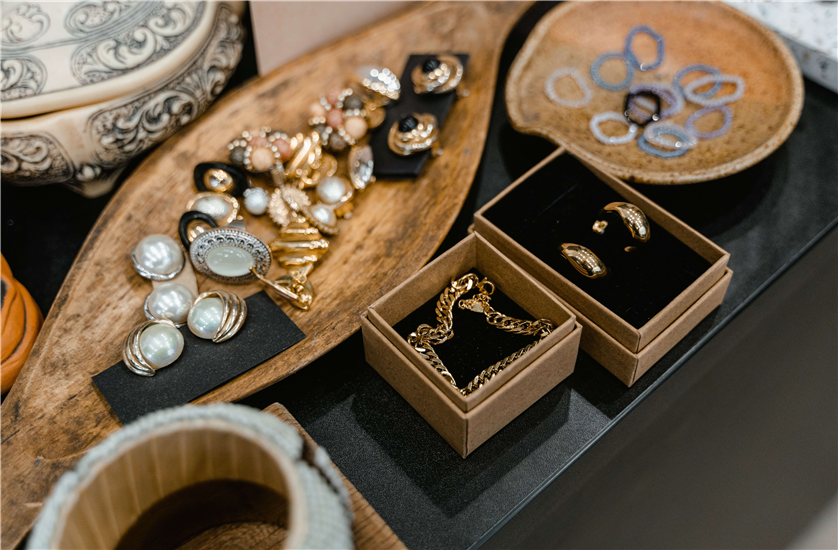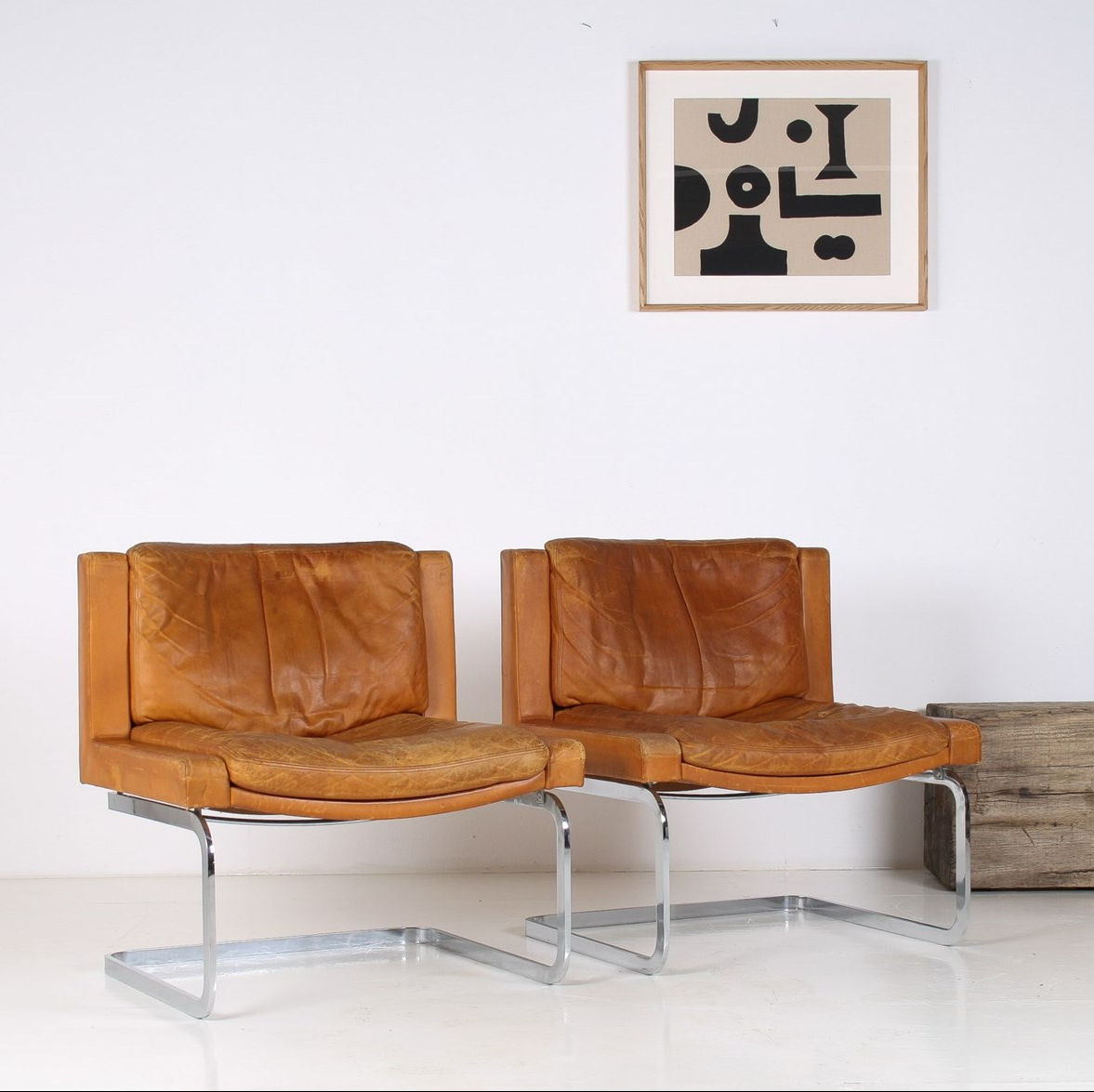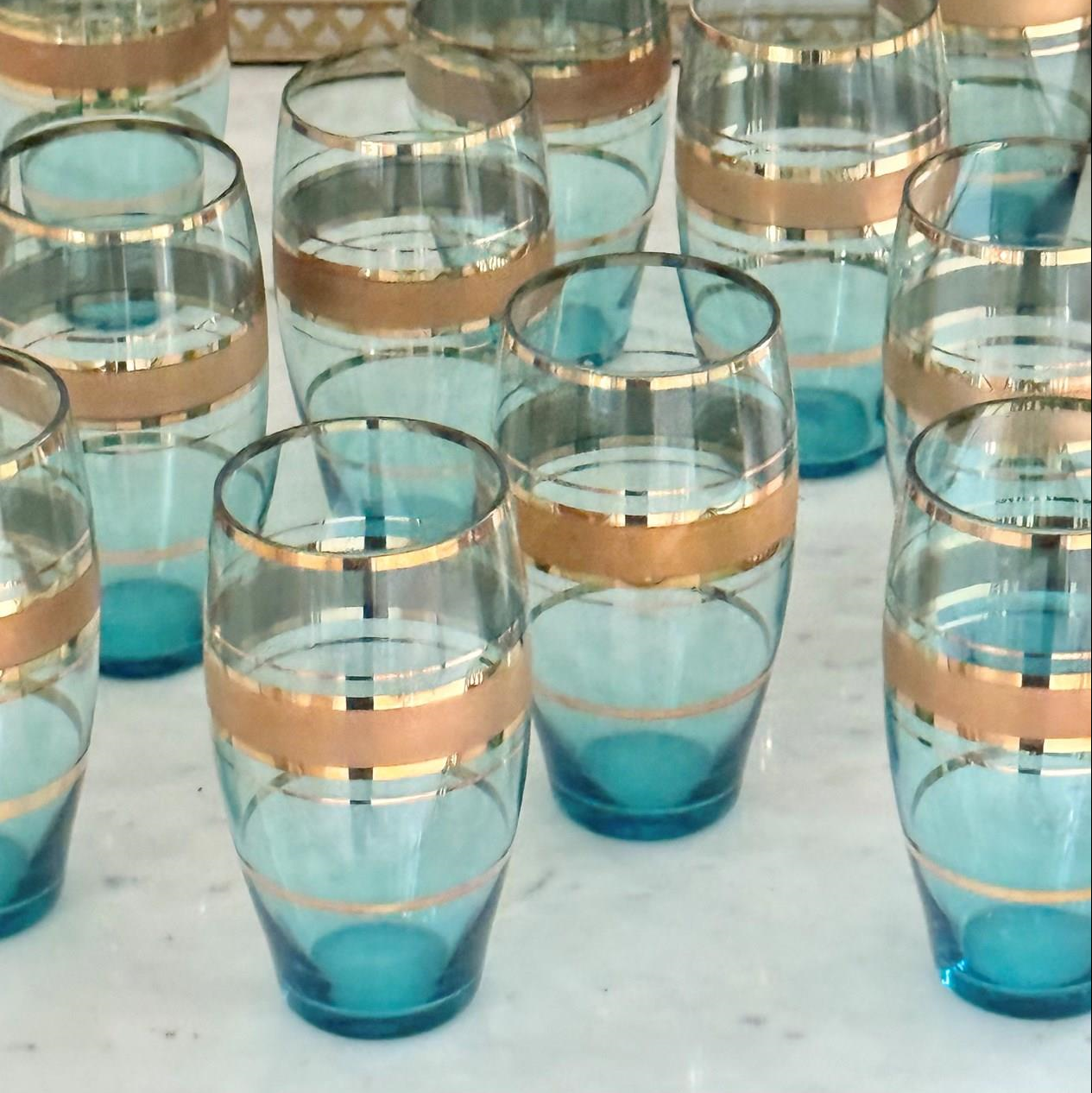
When it comes to evaluating whether antique jewellery has value or if it’s actually an antique, the style can tell you a lot.
While many types of antique jewellery have seen reproductions over the years, understanding what to look for in terms of style basics can help you to tell roughly when the piece was made. Once you have this, exploring makers marks and materials can help you better place the jewellery to determine its value.
Whether you have antique jewellery already that you want to sell or insure, or you’re interested in starting a collection. Identifying the jewellery style is a good place to start.
Although there are lots of styles and designs when it comes to antique jewellery, there are several more prominent periods that can be easier to identify – if you know what you’re looking for.
Georgian Jewellery
Manufactured between 1700 and 1830, Georgian jewellery is one of the oldest styles of jewellery that is still available on the market today.
Named after the four Georgian kings who ruled during this period, Georgian jewellery can fluctuate in style quite a bit and there are differences between early and late styles. However, this period is known for colourful precious gemstones, elaborate designs and the use of yellow gold.
The majority of Georgian jewellery was created in sets, meaning there would have been multiple pieces in the same design. As a result, you can find earrings, rings, necklaces, bracelets brooches and crowns from this period.
Because Georgian jewellery is some of the oldest that is still commercially available, it does tend to have a high value.
Victorian Jewellery
Although not quite as long a period as Georgian, the Victorian era offers 70 years (1830 to 1900) of jewellery created during the vein of Queen Victoria.
The queen was fairly style-forward, which had quite an impact on the jewellery of this time. As an example, her first years of marriage saw snake rings become very popular after one was given to her husband Prince Albert. Upon his death, Queen Victoria started wearing black jewellery made with stones like onyx and jet, making this type of jewellery very popular.
The period also saw styles like acoustic jewellery become popular. This was jewellery that spelt out messages with the first letter of the types of stones used in it. Cameo jewellery also grew in popularity, as did jewellery based on Egyptian and Ancient Greek design. Victorian jewellery makers also experimented with enamel.
These various styles often mean that Victorian jewellery is quite ornate and colourful. It also results in some big differences in value.
Edwardian Jewellery
Following Queen Victoria was King Edward who only had a short reign (1900 to 1910), although the impact of his reign means that this period did continue for a while after his death in terms of design.
Jewellery from this period continued to be fairly ornate, with feminine lace and floral designs being popular. However, there is a bit more simplicity to the designs than those that came out of the Victorian period, with slimmer profiles and less chunky jewellery being more popular.
As with a lot of the styles of this period, nature had a big impact so jewellery featuring leaves, bows and garlands was fairly common.
Art Nouveau Jewellery
The Art Nouveau period overlaps both the Victorian and Edwardian periods, running from 1890 to 1910. This period led to some very distinctive styles of jewellery, with a greater focus on nature.
Jewellery from this era tends to have smooth curves and more muted colours, with materials like brass being used alongside stones like amber, moonstone and opal. One common image used throughout Art Nouveau jewellery is women with long and flowing hair.
Art Deco Jewellery
Synonymous with the 1920s, Art Deco jewellery is fairly stand out and still very popular. Running between 1915 and 1935, the Art Deco period led to the creation of bold and modern jewellery that was just as bold as the women of the flapper movement that are an iconic part of this moment in history.
Art Deco jewellery tends to feature striking geometric shapes and utilise colourful gemstones like emeralds, rubies and sapphires. It is quite a step away from the natural focus of the previous eras.
Retro Jewellery
Following the glitz and glamour of the Art Deco movement is the Retro period (1930 to 1940). This period came about during the war, which meant that materials were fairly scarce. This resulted in synthetic materials being used and those that were much cheaper.
Jewellery made out of glass, plastic and rhinestone became a lot more popular. The result was the emergence of costume jewellery, which was created by several high-end designers including Elsa Schiaparelli.
While the newer of the jewellery on this list and more likely to be classed as vintage than antique, Retro jewellery is incredibly popular with collectors and those with an interest in fashion often looking for pieces from this period.




